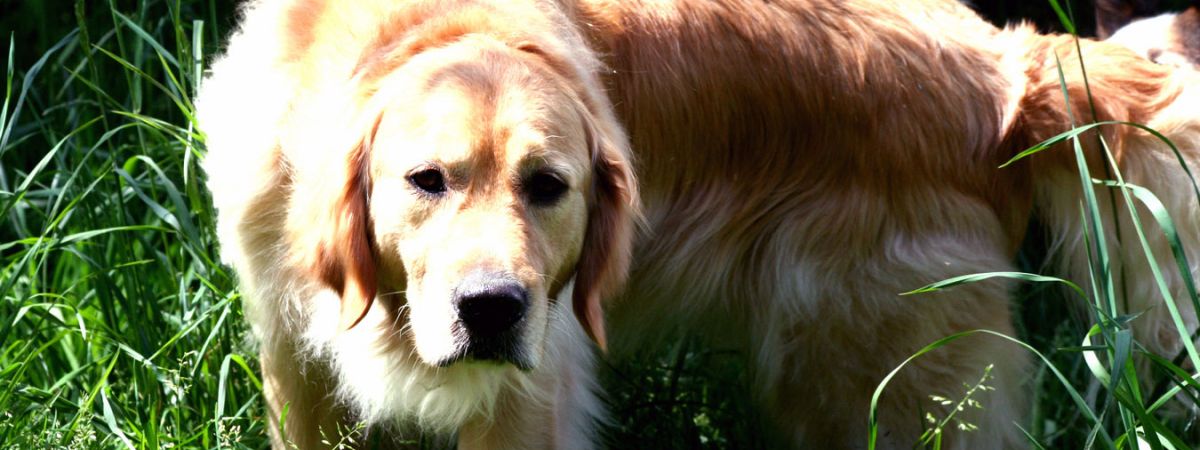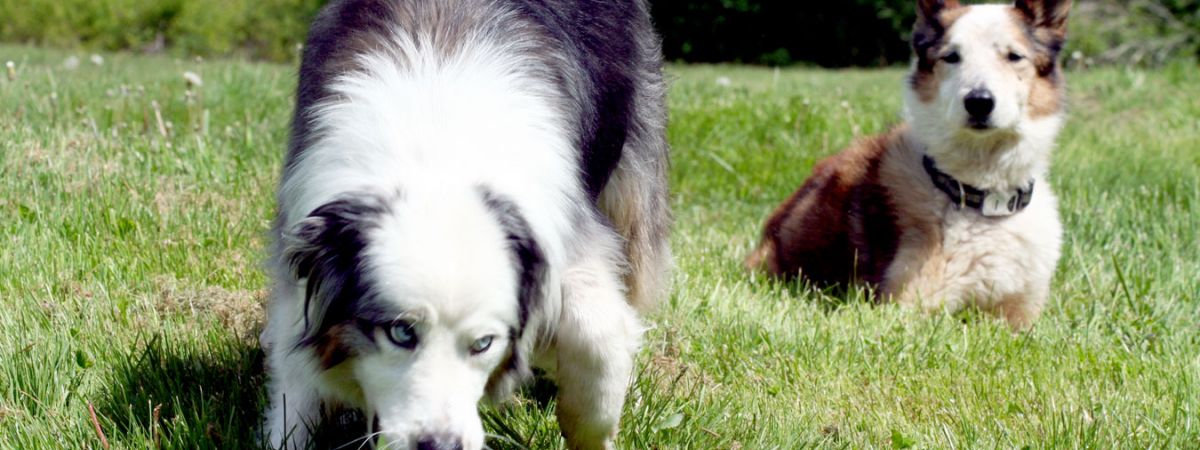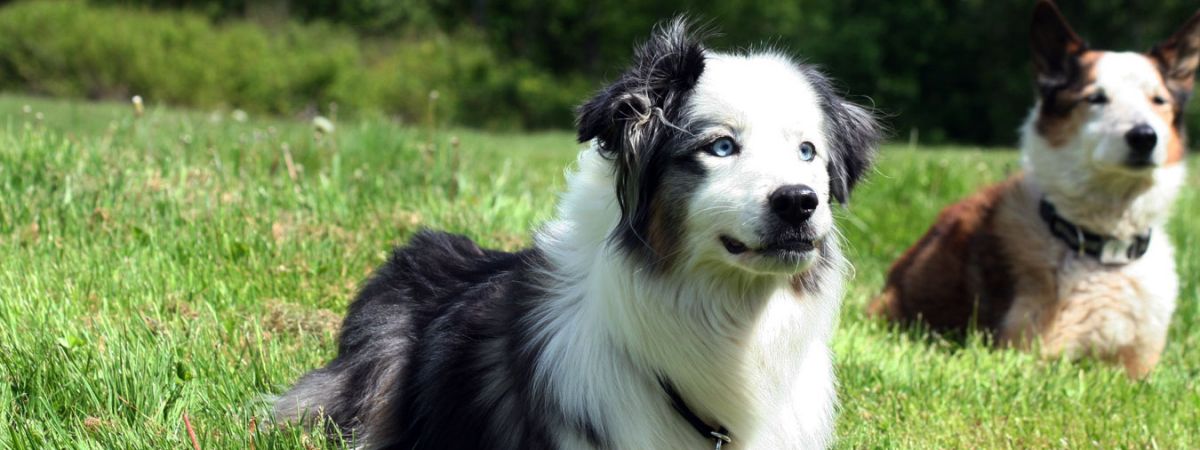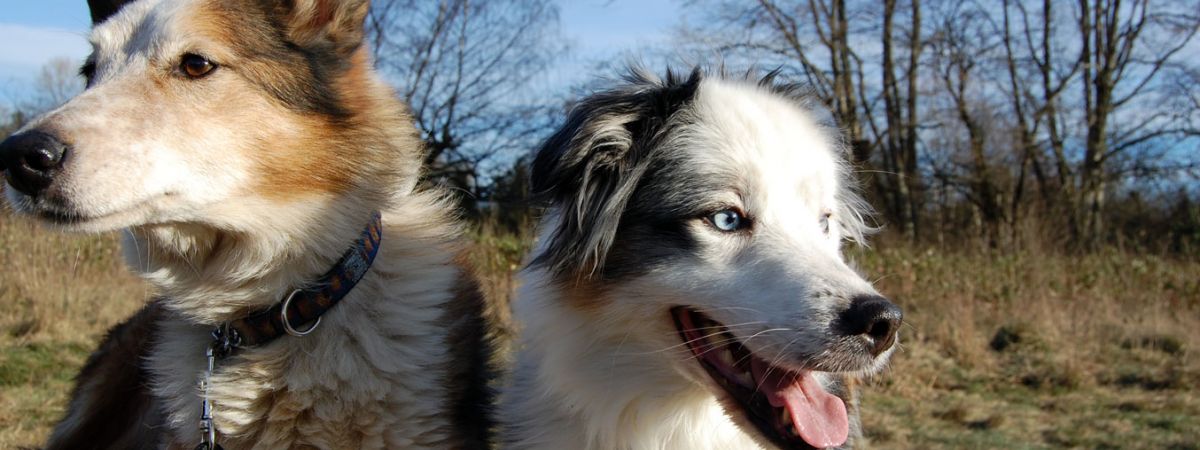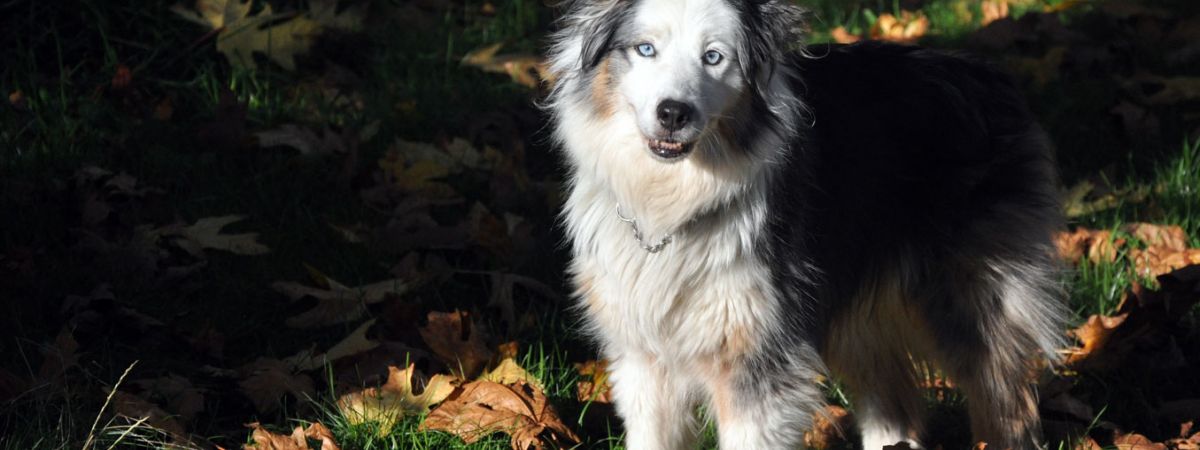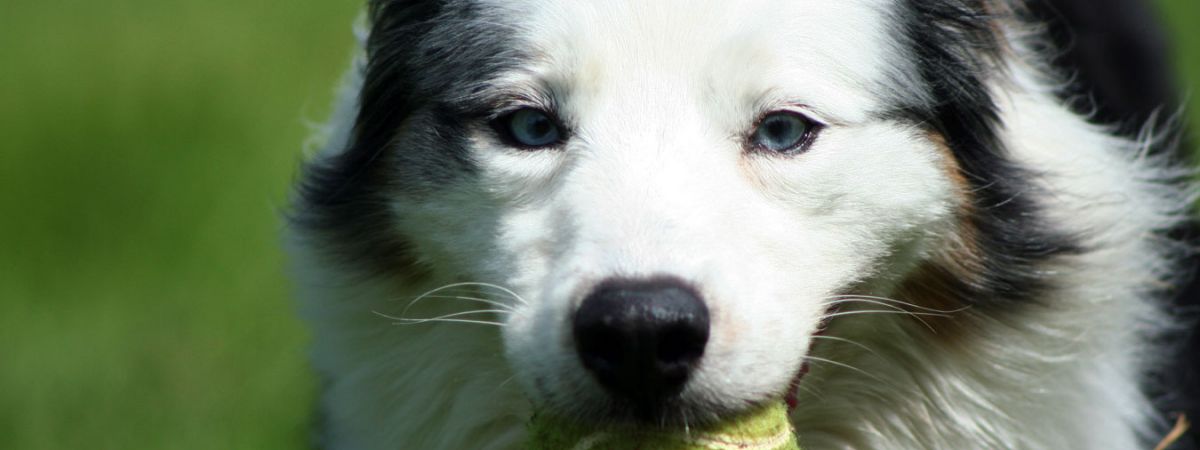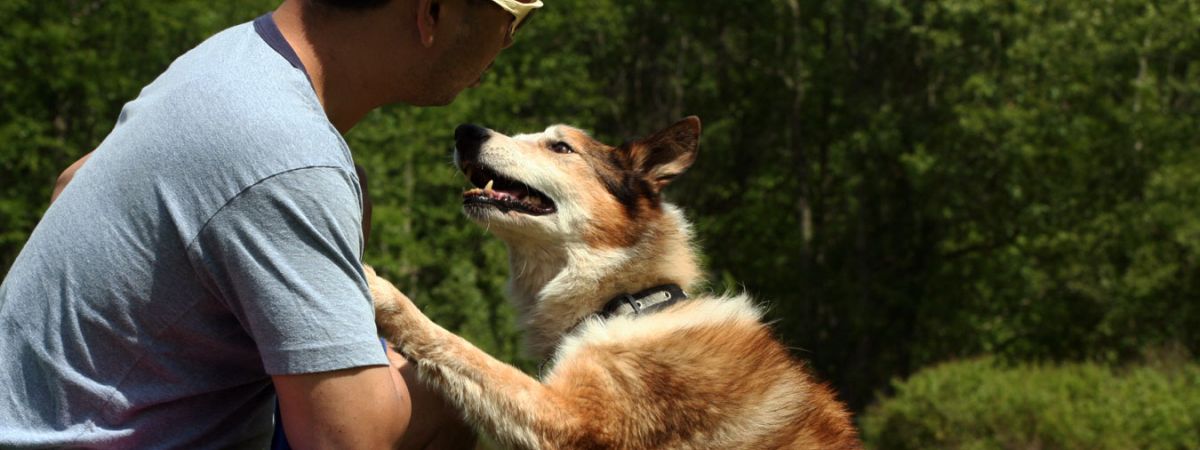Article by Lori Verni is a freelance writer, Certified Master Trainer
Once upon a time, there was a Grandma. She has always loved golden retrievers and has enjoyed their exuberant, loving personalities throughout her lifetime.
Unfortunately Grandma’s latest golden retriever passed away at the age of 14. She loved that dog so much and was heartbroken at the loss. She cried for quite some time and continued to always seem a little wistful whenever she spent time around other family members’ pets.
Her children and grandchildren, concerned for her feelings, decided to surprise her with a special gift… a golden retriever puppy! “What better,” they figured, “than to get her a new, cuddly bundle of joy to help her once again experience the love of a breed she’s always enjoyed.”
Not only did they buy her a puppy, but they also purchased a plethora of dog toys, bowls, leashes and a big bag of food. They expected Grandma to be thrilled and of course, gracious as grandmas are, she certainly seemed to be.
The phone rang at Best Paw Forward. “My family got me this puppy as a gift and she is just wearing me out!” lamented Grandma. “My Bridge Club ladies are afraid to come to my house because she jumps on them, I have scratches and bruises all over my hands from her play nipping, and she’s chewed up my slippers! I can’t even walk her because she’s so excited and pulls so much, but she really is a sweet, adorable and lovable dog. I don’t know what to do!”
Of course Grandma was sure to point out that she appreciated the gift, and that she does love the dog. But at the same time, she was finding it very difficult to manage and probably wouldn’t have gotten this pet if it were her choice. “I have always loved golden retrievers but I really didn’t want another dog just yet. I have thought about it a little, but I was considering a different, probably smaller breed this time around.”
While this story is presented in a fairy-tale format, I have chosen to tell you this tale because in reality I have had this conversation with dozens of Grandmas over the years. Of course it’s not always a golden retriever. Sometimes it’s another big breed or mix of breeds, and sometimes it’s even a small dog.
The moral of the story is, if a person really wants a dog, they will get a dog. Or at least express that they definitely want a dog and also what kind. With a pet dog being a huge responsibility as well as a commitment of about 15 years, it is always better for each person or family to go into pet ownership at their own discretion.
Of course, we have trained many grandmothers’ dogs and it usually all turns out fine in the end. Grandma may be a bit tired from all of the puppy care, but once the dog settles down, things are usually okay.
However, keeping in mind the above story, it is my hope that this holiday season, people will keep in mind that pets are not intended to be gifts. Whether for a grandparent, niece, child or whomever, it is always better for that person or family to make their own decision, participate in the selection and be completely ready for their new pet.
Need a replacement gift idea? If you suspect that the person would want a dog, why not make up a home made gift certificate on your computer offering to help them find just the right pet, and purchase it or pay the adoption fee? You could include some books about dogs and dog training, and it would likely make an even better presentation than being the recipient of an actual pet that they didn’t get to pick.
A little responsibility and the old adage of “putting yourself in someone else’s (hopefully not yet chewed) shoes,” can go a long way when it comes to considering pets as gifts!
Article by Lori Verni is a freelance writer, Certified Master Trainer
One of the fun parts of getting a pet is picking out a name. I have seen some trends come and go over the past 13 years of being a dog trainer, while others seem to be consistently popular.
For example, in the late 1990’s, Elmo was a very popular name, with kids taking a role in the naming and the Sesame Street character being at the peak of his popularity at the time. Buddy, an ever popular name became even more so with the release of “Air Bud,” a movie about a basketball-playing golden retriever. Disney princesses Jasmine and Arielle have also dubbed their fair share of dogs.
I have also seen some very unusual names over the years, including Deogie (pronounced D.O.G… the client vowed to someday get a cat and name it Ciatie). Other less common dog names have included ones given human names such as Jennifer or Mike. I even had a client one time whose dog was named after a Pokeman character… I’m sorry to admit that I never did learn to pronounce it properly!
While some people enjoy naming their pets something less common, there are several names that have been long-standing classics, and many that have maintained their popularity over the past ten years. According to www.bowwow.com/au, a website all about pet names that gathers data based upon the printing of identification tags for tens of thousands of pets, the top ten male dog names in the US of late include: Max, Jake, Buddy, Bear, Bailey, Shadow, Sam, Lucky, Rocky and Buster, while the top ten female dog names are: Maggie, Bear, Molly, Shadow, Lady, Sadie, Lucky, Lucy, Daisy and Brandy.
Paired dog names are also fun and some of the ones I have trained have included Laverne and Shirley, Heckle and Jeckle, Romeo and Juliet and Peaches and Cream. Other popular pairs mentioned on Bowwow.com/au include: Back and Forth, Beauty and Beast, Coco and Chanel, Duke and Duchess, Itsy and Bitsy, Lady and Tramp, Mumbo and Jumbo, Sugar and Spice and Zig and Zag.
Further, some pet owners I’ve worked with have chosen funny names for their pets, including a large bulldog named Tiny, very small dogs named Spike or Killer, a smooth dog named Fluffy and a solid black dog named Spot.
Whatever name you choose for your dog, it is likely to bring something to mind for you and everyone who meets your pet. Just one of the fun parts of having a pet, naming your dog is a great way to get creative and have that creativity last for many years to come!

